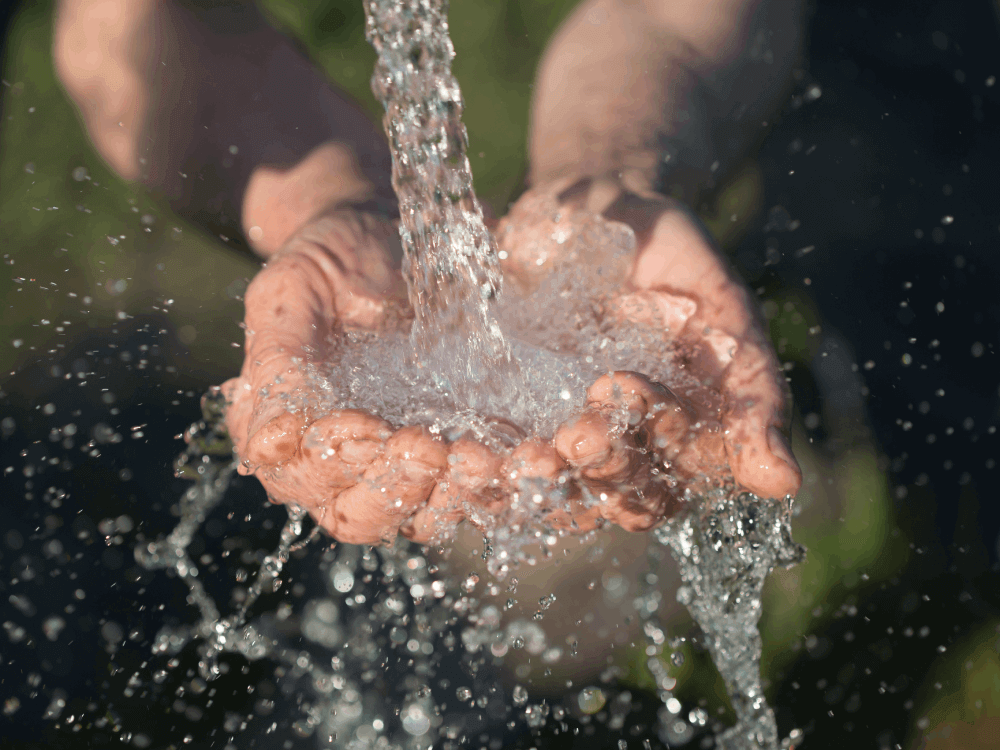Water scarcity has become a major global issue, with many countries facing tough water shortages. Rainwater harvesting is one of the most effective solutions to this problem. It works by collecting, storing, and using rainwater for various purposes. If you want to know more about rainwater harvesting systems in South Africa, you can also pop over here.

Rainwater harvesting systems can be used for both domestic and commercial use. For domestic use, rainwater can be harvested from roofs and gutters, and stored in tanks or cisterns. This water can then be used for activities such as gardening, washing and even drinking, depending on the quality of the water. To ensure the water quality is safe for drinking, it is important to have a filtration system in place.
For commercial use, rainwater harvesting can be used in the agriculture sector, where it can be used for irrigation and other agricultural purposes. It can also be used to supply water to industries, businesses, and even homes.
Rainwater harvesting systems are relatively simple and cost-effective, making them a viable solution to water scarcity. They also reduce the amount of water that is wasted, as water that is collected is not lost to evaporation or runoff.
In conclusion, rainwater harvesting systems are a useful and cost-effective way to help address water scarcity. They are easy to install, require minimal maintenance and help reduce the amount of water that is wasted. In the long run, rainwater harvesting systems are a great way to help conserve water and ensure that everyone has access to clean, safe, and abundant water.
